
Explore the Enigmatic Moto-Yakushi-ji Temple Ruins
Discover the ancient echoes of Moto-Yakushi-ji Temple Ruins, a Nationally Designated Special Historic Site in Kashihara, Nara, steeped in rich cultural heritage.
Venture into the heart of Kashihara, Nara, and discover the Moto-Yakushi-ji Temple Ruins, a Nationally Designated Special Historic Site. This ancient landmark offers a glimpse into Japan's rich cultural heritage, surrounded by serene landscapes and historical significance. Ideal for history enthusiasts and curious travelers, the ruins are a testament to the architectural marvels of the past, making it a must-visit destination in Nara.
A brief summary to Moto-Yakushi-ji Temple Ruins, Nationally Designated Special Historic Site
- Kidonocho, Kashihara, Kidonocho, Nara, 634-0033, JP
- +81744-21-1115
- Visit website
- Monday 12 am-12 am
- Tuesday 12 am-12 am
- Wednesday 12 am-12 am
- Thursday 12 am-12 am
- Friday 12 am-12 am
- Saturday 12 am-12 am
- Sunday 12 am-12 am
Local tips
- Visit early in the morning to enjoy a quieter experience and capture stunning photographs without crowds.
- Wear comfortable shoes as you will be walking on uneven ground while exploring the ruins.
- Consider bringing a picnic to enjoy in the serene surrounding gardens after your exploration.
- Check local events, as guided tours or cultural activities may be available on specific days.
- Respect the site's historical significance and refrain from climbing on the ruins.
Getting There
-
Car
If you are traveling by car, start your journey in the Kumano Kodo area. Use a GPS or a map app to navigate to the following address: Kidonocho, Kashihara, Nara 634-0033. The Moto-Yakushi-ji Temple Ruins are well signposted once you get close, so look for local signs. There is parking available near the site, but be aware that parking may have a small fee.
-
Public Transportation
If you prefer public transportation, take a train from your location in Kumano Kodo to the nearest station, which is Kashihara-Jingu-mae Station. You can take the Kintetsu Line, and the fare may vary depending on your starting point. From Kashihara-Jingu-mae Station, it's about a 10-15 minute walk to the Moto-Yakushi-ji Temple Ruins. Follow the signs to the temple and enjoy the peaceful surroundings as you walk.
-
Taxi
Another convenient option is to take a taxi directly from your location in Kumano Kodo to the Moto-Yakushi-ji Temple Ruins. This may be more expensive, but it offers door-to-door service. Ensure you have the address in Japanese: 吉野町喜多野町634-0033, to show the driver.
Discover more about Moto-Yakushi-ji Temple Ruins, Nationally Designated Special Historic Site
Iconic landmarks you can’t miss
3-chōme-1-22 Imaichō
2.0 km
Explore the historical beauty of 3-chōme-1-22 Imaichō in Kashihara, Nara, where traditional architecture meets vibrant local culture.
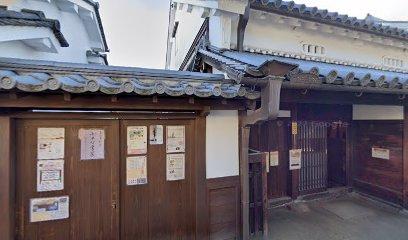
Kasuga Shrine
2.1 km
Experience the tranquility of Kasuga Shrine in Kashihara, a serene Shinto shrine surrounded by nature, steeped in history and spirituality.
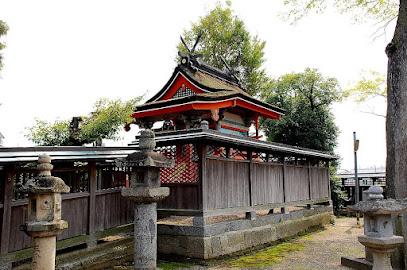
Shukyohojinyakushiji
12.3 km
Experience serenity and cultural richness at Shukyohojinyakushiji Temple in Yoshino District, Nara, a must-visit for every traveler seeking spiritual connection.
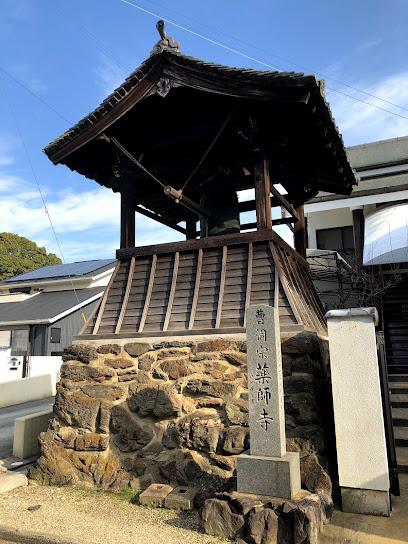
Uda-Matsuyama Castle Ruins
12.7 km
Explore Uda-Matsuyama Castle Ruins, a historic site in Nara offering stunning views, serene nature, and a glimpse into Japan's rich history.
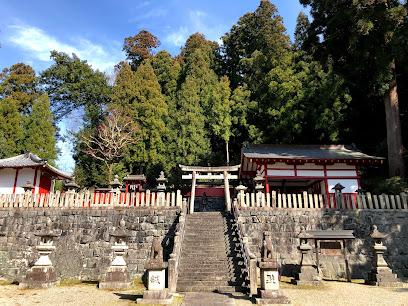
Horyu-ji
14.8 km
Discover the timeless beauty of Horyu-ji, a UNESCO World Heritage Site, showcasing ancient wooden architecture and rich Buddhist history in Nara, Japan.
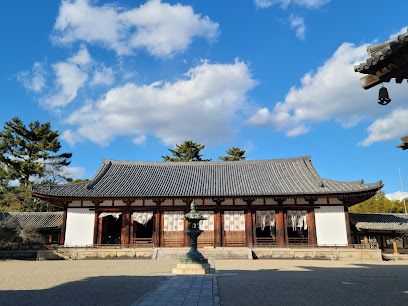
Koriyama Hachiman-Jinja Shrine
17.0 km
Explore the serene beauty of Koriyama Hachiman-Jinja Shrine, a historic Shinto shrine in Nara, Japan, offering peace, spirituality, and stunning architecture.

19-1 Konyamachi
17.3 km
Discover the architectural beauty and historical significance of Konyamachi in Yamatokoriyama, a gem in the heart of Nara, Japan.
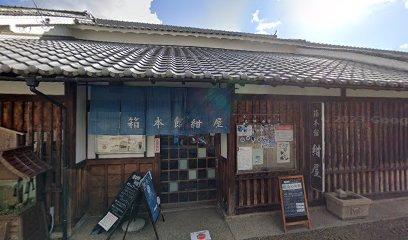
Gyokuzoin
17.6 km
Discover the tranquility of Gyokuzoin, a beautiful Buddhist temple in Nara, where spirituality and nature converge in perfect harmony.
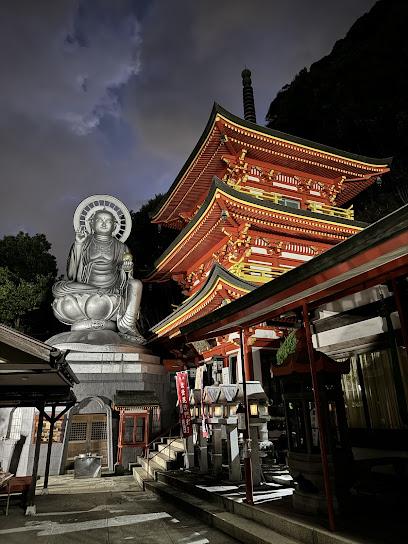
Koriyama Castle Ruins
17.8 km
Explore the enchanting Koriyama Castle Ruins in Nara, Japan – a beautiful blend of history, culture, and stunning natural scenery.
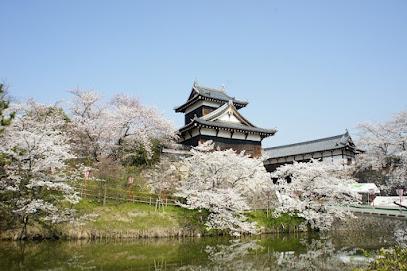
Yakushi-ji
19.6 km
Explore the historic Yakushi-ji Temple in Nara, a UNESCO World Heritage site featuring stunning architecture and a serene atmosphere.
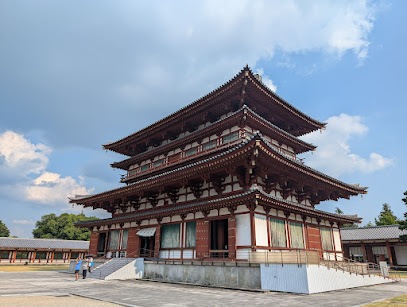
Toshodai-ji
20.4 km
Explore Toshodai-ji, a historic Buddhist temple in Nara, Japan, renowned for its stunning architecture and tranquil gardens, perfect for reflection.

Naramachi Koshi-no-Ie (Lattice House)
20.5 km
Explore Naramachi Koshi-no-Ie in Nara: A beautifully preserved lattice house showcasing traditional Japanese architecture and the charm of Edo-era living.
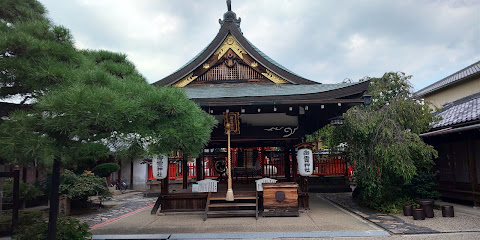
塔の茶屋
20.6 km
Experience authentic kaiseki dining at Tounochaya in Nara, where seasonal ingredients and exquisite presentation come together in harmony.
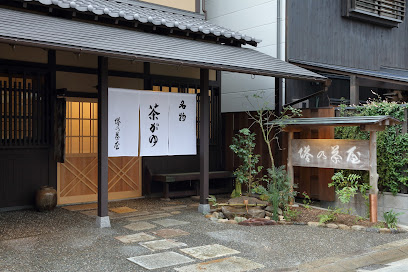
Naramachi Shiryo-kan Museum
20.7 km
Discover Nara's rich history at Naramachi Shiryo-kan Museum, where the past comes alive through engaging exhibits and artifacts.
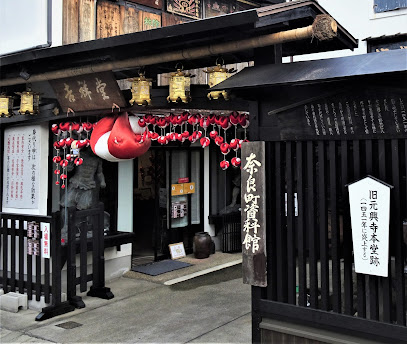
Naramachi Historic District
20.7 km
Explore Naramachi Historic District, a serene journey through Japan's Edo period with stunning architecture and rich cultural experiences.
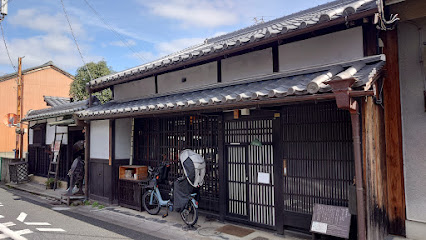
Unmissable attractions to see
Fujiwara Palace Ruins
1.2 km
Explore the historic Fujiwara Palace Ruins in Kashihara, Nara, a captivating archaeological site showcasing Japan's rich cultural heritage and ancient architecture.
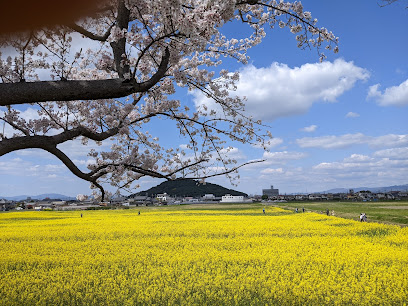
Mausoleum of Emperor Jimmu
1.2 km
Discover the Mausoleum of Emperor Jimmu, a historical landmark in Nara, steeped in Japan's rich heritage and tranquility.
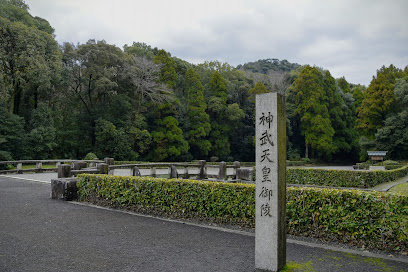
Mausoleum of Emperor Suizei
1.3 km
Explore the Mausoleum of Emperor Suizei in Nara, Japan, where history and nature blend seamlessly to offer a tranquil retreat for all visitors.
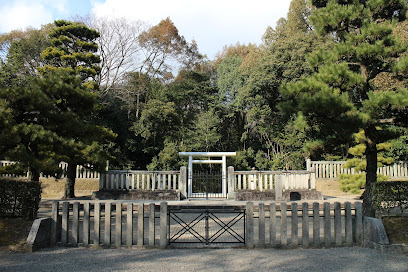
Mausoleum of Emperor Kōgen
1.3 km
Explore the Mausoleum of Emperor Kōgen in Nara, a serene historical landmark that reflects Japan's rich imperial legacy and offers a peaceful retreat for visitors.
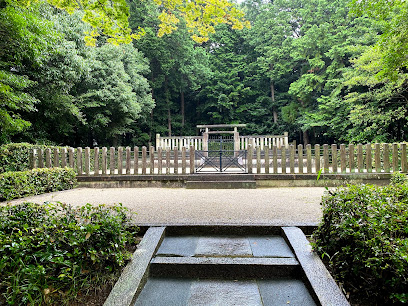
Kashihara Jingu
1.4 km
Explore the serene beauty and rich history of Kashihara Jingu, a sacred Shinto shrine dedicated to Japan's first emperor, surrounded by lush nature.
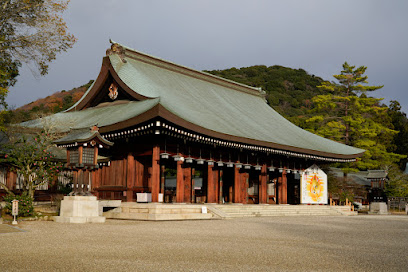
Imai Townscape Exchange Center Hanairaka
1.7 km
Discover the rich history and culture of Kashihara at the Imai Townscape Exchange Center Hanairaka, a captivating local history museum in Nara, Japan.
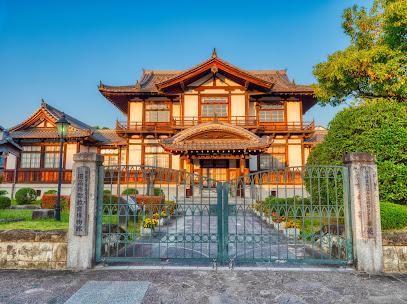
Mausoleum of Emperor Itoku
1.7 km
Explore the serene Mausoleum of Emperor Itoku, a peaceful tribute to Japan's imperial history set amidst lush gardens in Kashihara, Nara.
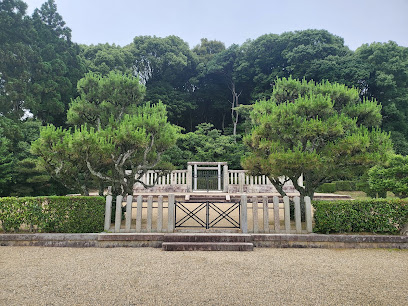
Mausoleum of Emperor Annei
2.1 km
Explore the historical Mausoleum of Emperor Annei, a serene tribute to Japan's imperial heritage set in lush greenery near Kashihara.
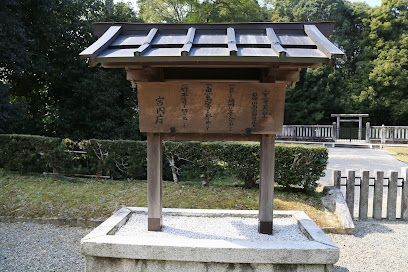
Imaicho
2.2 km
Explore Imaicho, an enchanting historic district in Kashihara, Nara, where Edo period architecture and vibrant culture come to life.

Asuka Mizuochi Ruins
2.2 km
Discover the historical treasures of Asuka Mizuochi Ruins, an ancient site that showcases Japan's rich cultural heritage and architectural brilliance.
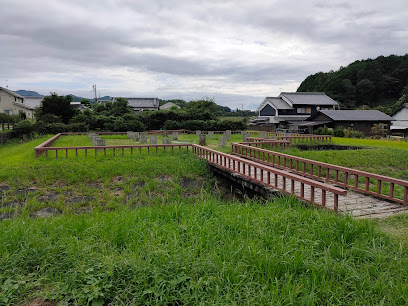
Imanishi House
2.2 km
Explore the historical charm of Imanishi House in Kashihara, Nara, a cultural jewel showcasing traditional Japanese architecture and rich heritage.
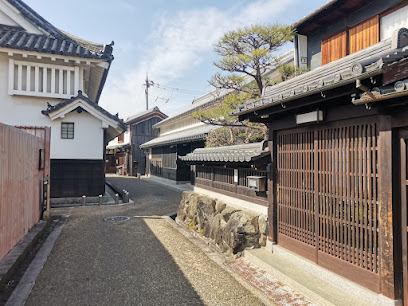
Asuka-dera
2.4 km
Explore the ancient Asuka-dera, home to Japan's oldest Buddha statue and a tranquil escape into Japan's rich Buddhist heritage.
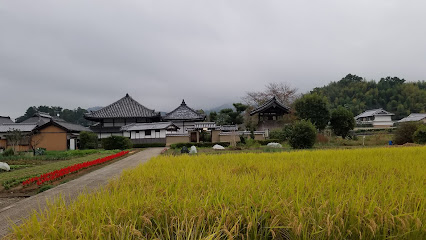
Asuka Historical Museum, Nara National Institute for Cultural Properties
2.5 km
Explore the rich cultural heritage of Japan at the Asuka Historical Museum, showcasing ancient artifacts and the fascinating history of the Asuka period.

Asukaike Workshop Ruins
2.6 km
Unearth the rich cultural heritage of Asukaike Workshop Ruins, where ancient craftsmanship meets serene natural beauty in Japan's Asuka region.
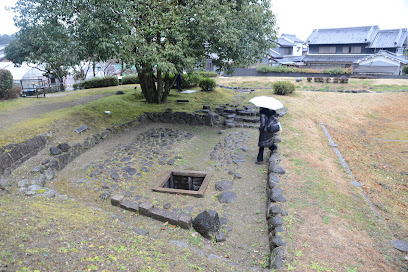
Mausoleum of Emperor Kinmei
2.7 km
Discover the serene beauty and historical significance of the Mausoleum of Emperor Kinmei in Nara, Japan, a peaceful retreat steeped in imperial heritage.

Essential places to dine
Kiyosuminosato Awa
16.4 km
Discover authentic Japanese cuisine at Kiyosuminosato Awa in Nara, where tradition meets taste in a serene setting.
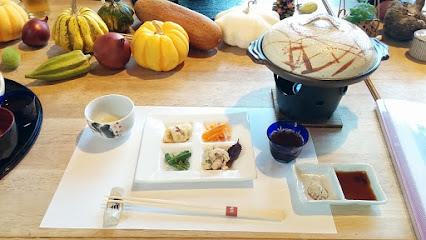
Tsukumo
20.6 km
Discover Tsukumo: An exquisite Kaiseki restaurant in Nara offering seasonal dishes that celebrate Japan's culinary traditions.
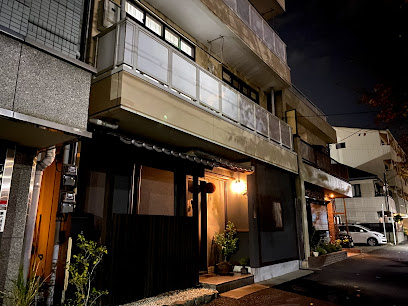
Kinatei
20.7 km
Experience the best of vegetarian dining at Kinatei in Nara, where organic ingredients meet flavorful creativity for every health-conscious traveler.

onwa
20.7 km
Experience the best of plant-based cuisine at Onwa in Nara – where every bite is crafted with love and care.
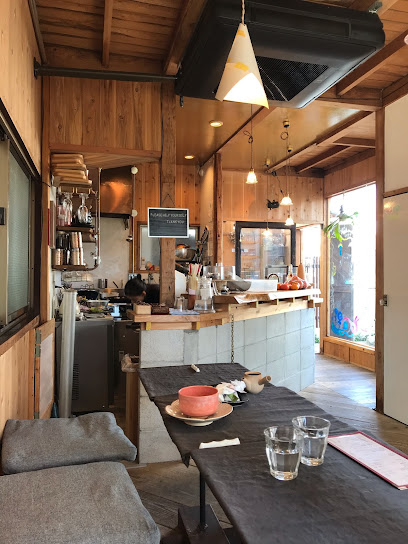
Ashibinosato
20.7 km
Discover authentic Japanese cuisine and vibrant culture at Ashibinosato in Nara – where food meets community in an unforgettable experience.
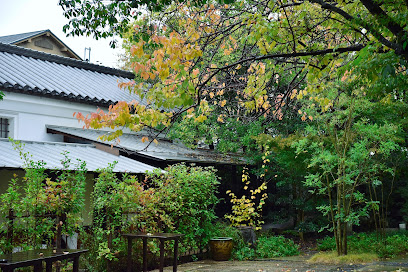
はり新
20.8 km
Discover authentic Japanese cuisine at はり新 in Nara - where tradition meets flavor in every dish.
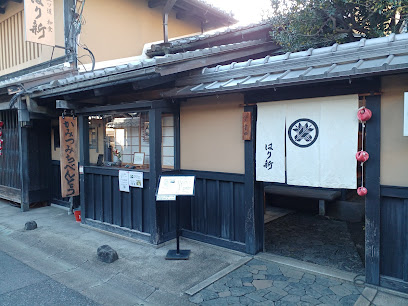
Naramachi Hiyori
20.8 km
Discover the art of Kyoto-style dining at Naramachi Hiyori—where tradition meets creativity in every delicious bite.
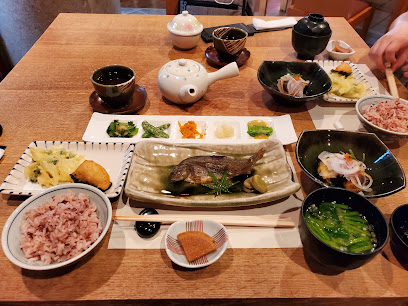
Edogawa - Naramachi
20.8 km
Experience authentic Japanese cuisine at Edogawa - Naramachi in historic Nara, featuring expertly grilled unagi and traditional delicacies.

RAhOTSU
20.8 km
Discover authentic Thai flavors at RAhOTSU in Nara - a culinary gem offering exquisite dishes in a vibrant atmosphere.

Awa Naramachi
20.9 km
Experience authentic Japanese cuisine at Awa Naramachi in Nara - where tradition meets taste.

Surugamachi's Okonomiyakiya
20.9 km
Experience authentic okonomiyaki at Surugamachi's Okonomiyakiya in Nara – where tradition meets flavor at affordable prices.
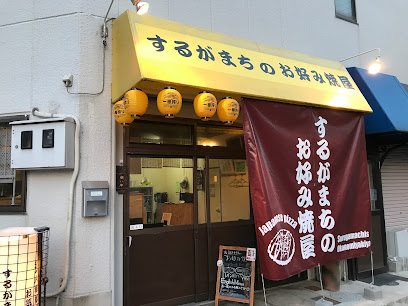
Vegan Cafe Ramuna
20.9 km
Discover the vibrant flavors of plant-based cuisine at Vegan Cafe Ramuna in Nara - a haven for health-conscious food lovers.
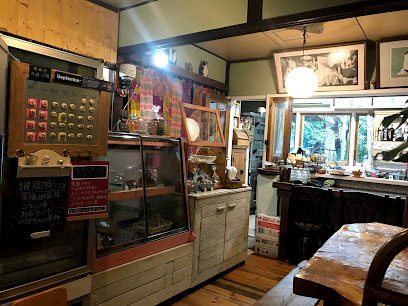
Okonomiyaki Parco
21.0 km
Discover authentic Japanese flavors at Okonomiyaki Parco in Nara - where delicious okonomiyaki meets vibrant dining culture.

Sankoen
21.0 km
Discover Sankoen in Nara - where traditional Japanese cuisine meets modern creativity for an unforgettable dining experience.
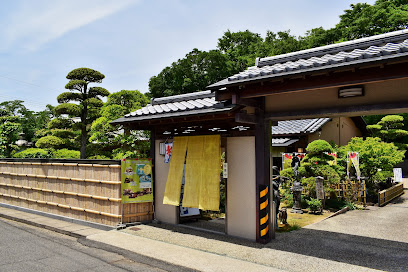
Wadokoro Yoshino
21.0 km
Discover authentic Kyoto-style dining at Wadokoro Yoshino in Nara, where seasonal ingredients meet traditional kaiseki artistry.
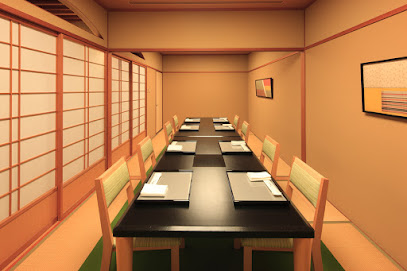
Markets, malls and hidden boutiques
Coffee Sanpo
3.0 km
Discover the tranquility of Coffee Sanpo in Asuka, where exceptional brews meet breathtaking countryside views.
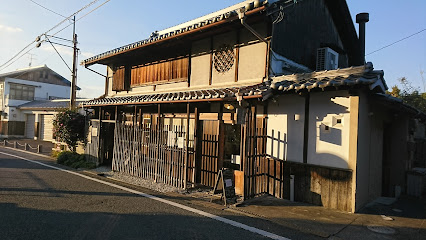
Aeon Mall Kashihara
3.7 km
Discover unparalleled shopping and dining at Aeon Mall Kashihara in Nara, Japan, where tradition meets modern retail and entertainment.
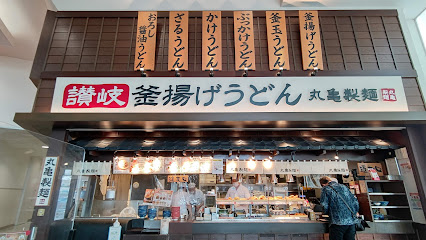
Tenri Hondori Shopping Street
12.4 km
Discover the cultural heartbeat of Tenri at Hondori Shopping Street with its vibrant shops and tantalizing street food, a must-visit for every traveler.

Secret Base JO-9, Cafe
12.8 km
Experience the serene charm of Secret Base JO-9 Café in Nara, where delicious coffee and a tranquil atmosphere await every visitor.
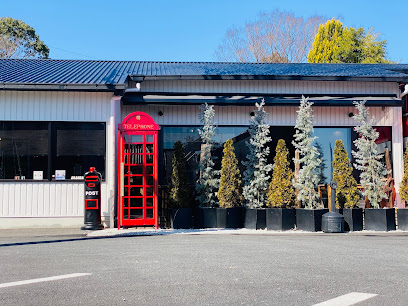
Ryohinkaikan Naraten
19.5 km
Explore Ryohinkaikan Naraten for unique kimonos, vintage finds, and sustainable shopping in the heart of Nara, Japan.
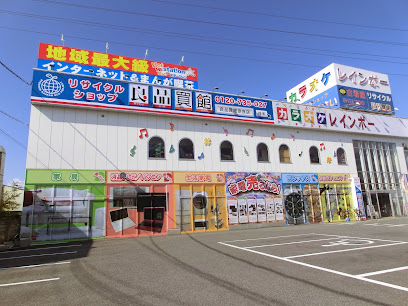
AEON TOWN Tomiominami
19.9 km
Explore AEON TOWN Tomiominami, Nara's premier shopping destination with diverse shops, dining options, and family-friendly entertainment.
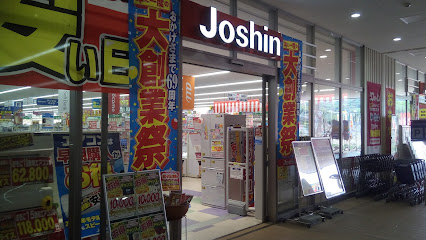
奈良専門オンラインショップ「ならわし」
20.6 km
Explore ならわし, Nara's premier gift shop, for unique local crafts and souvenirs that capture the spirit of Japan's rich heritage.
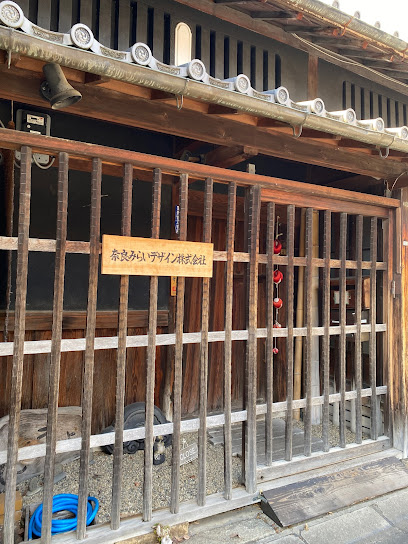
DAISO
20.8 km
Explore DAISO in Kawachinagano, Osaka – a treasure trove of affordable products and unique Japanese finds for every traveler.

SHOP OF THE PAINTER OF NARA MACHI
20.9 km
Explore the vibrant artistry at the Shop of the Painter in Nara Machi, where tradition meets creativity in every handcrafted piece.

Shimomikado Shopping Street
20.9 km
Experience the perfect blend of tradition and modernity at Shimomikado Shopping Street, a vibrant destination in the heart of Nara, Japan.
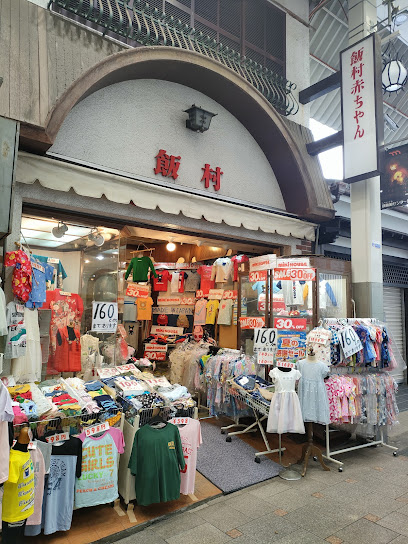
Network Gallery Nawrap
20.9 km
Explore the unique charm of Japanese home goods at Network Gallery Nawrap in Nara, a must-visit destination for tourists.
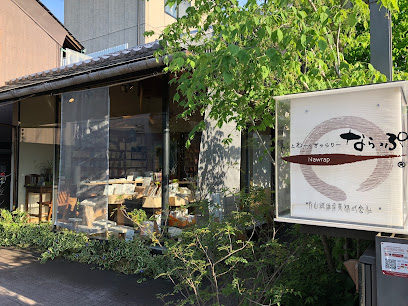
Vierra Nara
21.0 km
Explore the dynamic shopping experience at Vierra Nara, where modern retail meets traditional Japanese culture.
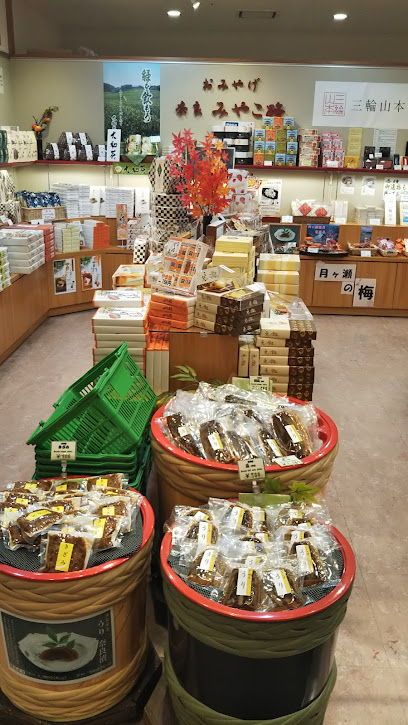
Ezuya
21.0 km
Explore Ezuya in Nara for authentic souvenirs and traditional crafts that embody the essence of Japanese culture.

Mochiido Center Town
21.0 km
Experience the essence of Nara at Mochiido Center Town, a vibrant shopping mall blending modern retail and traditional charm.

Spark
21.1 km
Discover unique home goods and furniture at Spark in Nara, where local craftsmanship meets modern design in an inviting shopping experience.
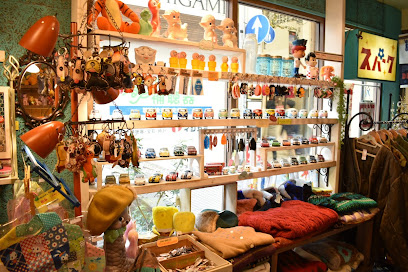
Essential bars & hidden hideouts
THE SAILING BAR
3.7 km
Experience Sakurai's vibrant nightlife at The Sailing Bar, where exquisite cuisine meets a charming nautical atmosphere.
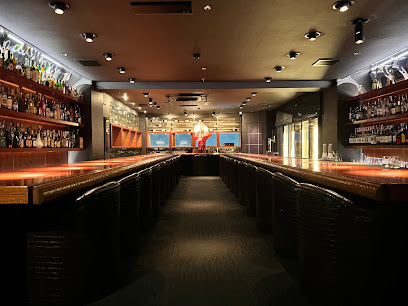
Bar Sally / Sally's Curry
18.0 km
Discover the unique blend of bar culture and authentic Japanese curry at Bar Sally in Yamatokoriyama, Nara, for an unforgettable dining experience.
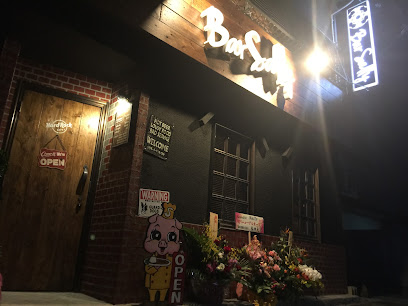
HAOH SURUGAMACHI
20.7 km
Discover the vibrant nightlife at HAOH SURUGAMACHI, Nara's premier bar and live music venue, where unforgettable experiences await.

BAR315.nara
20.8 km
Discover BAR315.nara: Where Modern Vibes Meet Traditional Japanese Hospitality in the Heart of Nara.

blue note Naramachi
20.9 km
Discover the heart of Nara's jazz scene at Blue Note Naramachi, where live music and a relaxed atmosphere await every visitor.
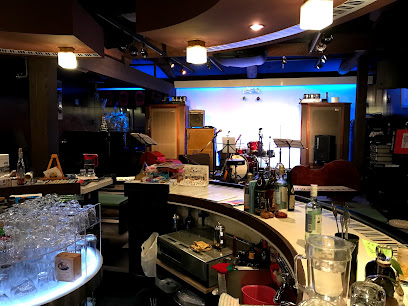
shishabar Re'bel
20.9 km
Discover the lively atmosphere and authentic Japanese barbecue at Shishabar Re'bel in Nara, a culinary gem for food enthusiasts.

Bar PIRATES
20.9 km
Discover the lively pirate-themed Bar PIRATES in Nara, where you can enjoy an extensive drink menu and vibrant nightlife in a unique atmosphere.
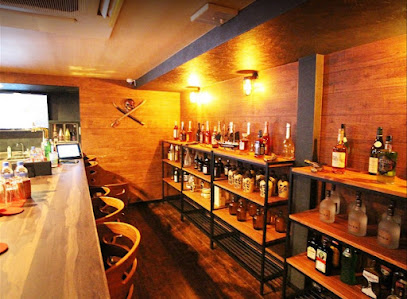
Salon des vins Sève
20.9 km
Discover the enchanting world of wines at Salon des Vins Sève, a cozy wine bar in Nara, Japan, perfect for relaxation and indulgence.
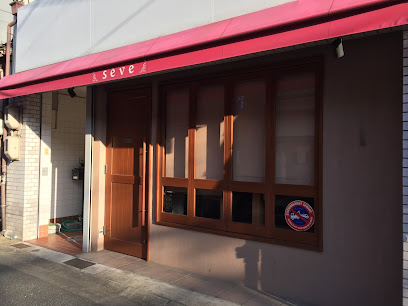
SK Music At Brazilian Bar
21.0 km
Discover the vibrant nightlife at SK Music at Brazilian Bar in Nara, where live music meets a cozy atmosphere for an unforgettable experience.

M's Bar
21.1 km
Discover M's Bar in Nara for an unforgettable evening of crafted cocktails and cozy ambiance amidst Japan's rich cultural heritage.

Old Time
21.1 km
Discover the charming Old Time bar in Nara, where tradition meets modernity in a cozy atmosphere, perfect for savoring local drinks.

bar RISE
21.1 km
Discover the vibrant nightlife at Bar RISE in Nara - a must-visit bar offering a unique blend of drinks and a lively atmosphere.

Savant
21.1 km
Discover Savant, Nara's top bar, offering exquisite cocktails and a vibrant atmosphere that reflects the best of Japanese hospitality.
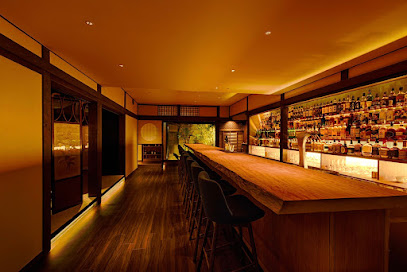
バー フィディック
21.1 km
Experience the vibrant nightlife of Nara at Bar Fiddich, where exceptional drinks and a cozy atmosphere await you.

Music Bar Reciaffe
21.1 km
Discover the vibrant nightlife of Nara at Music Bar Reciaffe, where great music and a lively atmosphere await your arrival.




